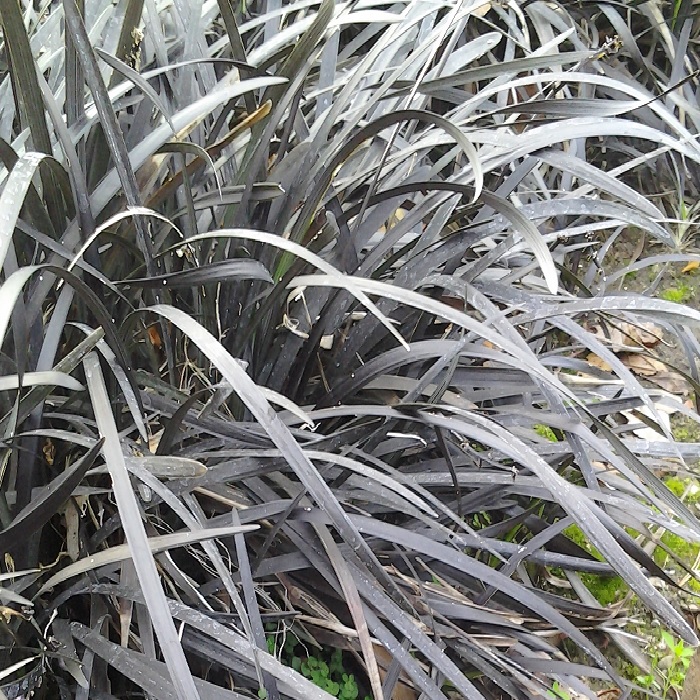UNITED STATES—The easiest way to propagate new fig trees may seem to be violent, but it works. Basal shoots that grew last year from the roots near the trunks of ungrafted trees can simply be torn out of the ground with as many attached roots as possible. These shoots can then be planted directly wherever new trees are desired, and watered in.
Larger shoots may need to be dug out, and might do better if pruned down to just a foot or two tall when planted. Smaller shoots can be potted to grow through next summer, and then get planted in the ground next winter.
Tearing the shoots off in this unpleasant manner is effective for two reasons. It gets the most roots for the shoots to help them grow into new trees. It also removes more of the burl growth that produces the shoots than simply cutting the shoots neatly. Even if copies of the original tree are not desired, the basal shoots must be removed anyway. Simply pruning them away leaves more burl growth so that more shoots grow back next summer. Ideally, well maintained trees should actually not produce basal shoots.
Fig trees are innately easy to grow from basal shoots or cuttings while dormant through winter. Basal shoots, even those that get pulled without any obvious roots, will develop roots more efficiently than stem cuttings that were never in contact with the soil. However, if no basal shoots are available, stem cutting work just fine. Furthermore, grafted trees (which are quite rare) can only be copied by cuttings from above the graft. Basal shoots from below the graft will only produce copies of the understock.
Just as unwanted basal shoots and cuttings from pruning scraps can be grown into fig trees, overgrown perennials in need of thinning can be divided to propagate more of the same. Lily of the Nile, red hot poker, daylily, mondo grass, African iris, terrestrial yuccas, some ferns and some grasses are not only easy to propagate by division through winter, but many perform better if divided every few years or so, before they get too crowded. The common giant yucca develops big trunks instead of clumping shoots, but can be propagated just as easily from big cuttings.
Highlight: black mondo grass
The deeply colored foliage of black mondo grass, Ophiopogon planiscapus ‘Nigrescens,’ is about as convincingly ‘black’ as foliage can get. It is darker than bronze New Zealand flax, purple leaf plum or bronze coral bells. Only purple beech or chocolate coleus are comparable. The foliage is dark enough to contrast very well against lightly colored planters or gray concrete, so works well in urns or mixed perennials, and bordering walkways. If it gets enough sunlight, black mondo grass makes a nice small scale ground cover under Japanese maples.
Mature plants stand only about half a foot tall, and spread slowly. The happiest plants can get nearly twice as tall. The softly cascading leaves are only about a quarter inch wide. Small spikes of tiny pink flowers that sometimes bloom in summer would contrast nicely against the dark foliage, but are rarely seen above the foliage. Black mondo grass prefers rather rich soil and somewhat regular watering. However, as they disperse roots, older plants do not seem to mind too much if they briefly get a bit dry.






